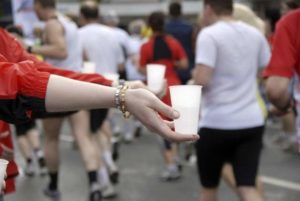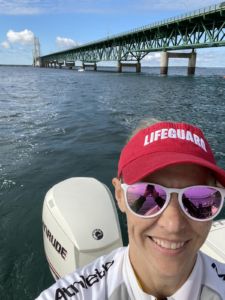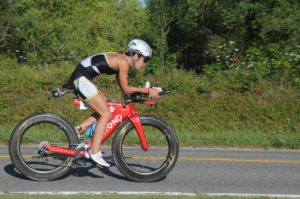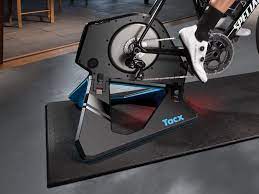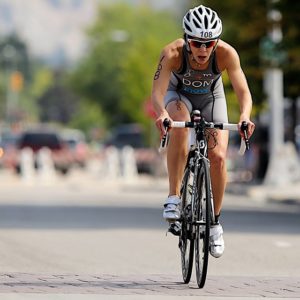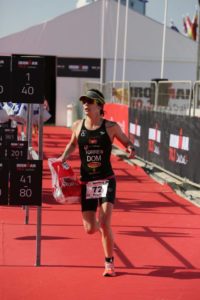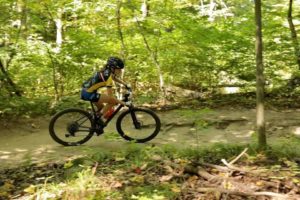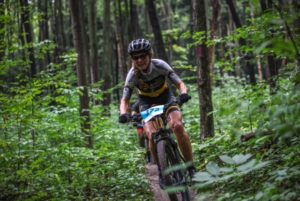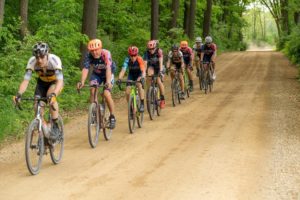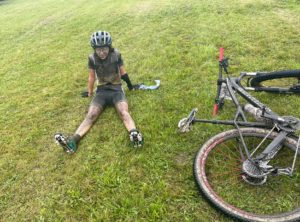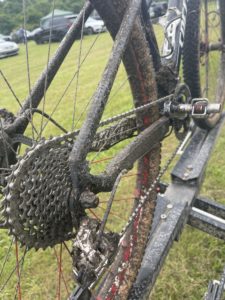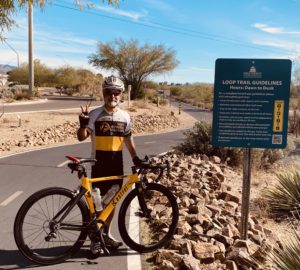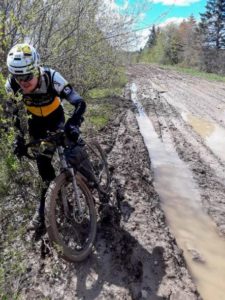 By: Jared Dunham
By: Jared Dunham
Ultra-Cycling is challenging by nature, but in return, these events can be highly rewarding to complete. However, there may be times during an event where your motivation to continue riding is low. It can be very tempting at times to quit but, not finishing an ultra-event can be difficult and occasionally emotional depending on how much time and effort was put into preparation. While most of my experience is with events that are 24 hours or under, here are some tips that I have for staying motivated during the challenging times of an Ultra Event. These are strategies that I’ve followed and are backed by my own experience.
Break the ride down into different sections
This is very similar to goal setting; you will be more successful if you set small goals that are steps to your larger goal. In an ultra-event, you shouldn’t think of the entire route as one long race, but instead break the event down into manageable portions and focus on getting to the next section of the course. Rather than counting down the miles to go on an event, count down the miles to the next portion/section/checkpoint of the course.
Examples:
- Landscape: Divide a 100-mile course into two portions. Half of the course is in a national forest; the other half is on farmland. Your first goal is to reach the farmland, then your next goal from there can be to finish.
- Gas Stations / Stores: Create a mental checkpoint for each of the four gas stations on a 200-mile route. This makes the distance 50 miles before starting a new portion of the course.
- Road Conditions: Take a Bikepacking Route and divide it into different sections based on the type of road/path you’re on.
 Be flexible with your plans & goals
Be flexible with your plans & goals
It’s very important to do thorough planning for an ultra-event and having goals can provide something to motivate you. However, it is important to adapt your goals/plans as you ride. If you can’t sustain the average speed you’d like or won’t make it to the next checkpoint at your goal time, then adjust your goal. If you don’t, you might start thinking about how you weren’t able to follow-through with your plans/goals, which can sap motivation. Instead of being disappointed, adapt your goal to one that is obtainable, or continue a less specific version of your original plan.
Examples:
- EX: You aren’t going to meet your goal time for reaching the next checkpoint. New Goal / Plan: Set a time that is close to the original goal, but still obtainable.
- EX: You were going to ride all grades lower than 8% in the Aerobars, but now are having back pain from that riding position. New Goal / Plan: Ride in the drops of the handlebars instead if that feels better. Otherwise, stop and move your bike stem higher on the steering tube to raise the handlebars for a more relaxed position.
- EX: You didn’t drink as much water as you should’ve during a hot portion of the ride. New Goal / Plan: Drink extra water at every stop that you make.
Know what to do when a Plan Falls Apart
We’ve all had those rides that make you wonder what else could go wrong, hopefully one of those rides isn’t your event. But if it is, you need to know how to handle it. Having the knowledge of how to get out of challenging situations gives you confidence, which will help to keep your morale high. The ability to continue riding despite setbacks is one that requires experience, but this experience can be gained through preparation. Examples:
- Know how to repair mechanical issues with your bike
- Understand how to remedy gut issues that you could have during the event
Know how to recover from dehydration during a ride. Ultra-events are known to have moments of mental “highs” and “lows” for their participants. If you’re in a “low”, then practicing mindfulness may help reclaim motivation for your ride. To practice mindfulness during an event is to not worry about the past or future and focus on the now. Focusing on the now (specifically what’s good right now) will keep your mind off mistakes that were made earlier in the ride or how intimidating the remaining portion of the ride may be.
Examples:
- Taking in your surroundings as you ride
- Savoring a pop/soda at the next checkpoint rather than downing it quickly
- Enjoying each pedal up-stroke, where not much work is required
Other things to keep in mind:
- The midpoint of the race is the hardest, and if you can make it past that then you can finish.
- Understand that there could be “highs” and “lows” and that these feelings are normal.
- If temperatures are high during an event, it’s common to experience more dips in motivation as the conditions are difficult.
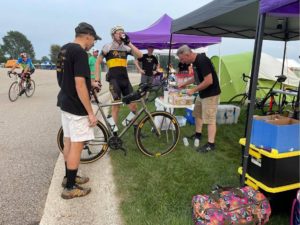 Reward Yourself for Persevering
Reward Yourself for Persevering
If you’re really in a difficult spot during the ride, then it may be a good idea to grant yourself rewards for continuing the event. A reward can be the “light at the end of the tunnel” that keeps you going.
Examples:
- Coast the descents of hills: Depending on what the event is, it may not be as efficient to coast the descents. But allowing your legs to rest a bit may grant the motivation needed to continue riding.
- Give yourself a break off the bike: At the next checkpoint, whatever that may be, take some extra time off the bike. Don’t wait too long though, as you may need to re-warmup your legs again before getting back into a rhythm.
- Food: Thinking about that Snickers bar or Coke at the next gas station or C-Store can be a great motivator. However, I would caution you to only eat things that you know work for you during a ride. Additionally, if a large portion of your nutrition is coming from candy bars, then your performance is going to reflect that.
- Slow your pace: If you made it through a particularly difficult section of the course then you could slow your pace for a moment to reward yourself.
Keeping spirits high and remaining disciplined throughout these events is a sure sign that you will be able to complete them. As with most things, you will likely need to discover what exactly works for you. However, I hope this list has sparked some ideas or even allows you to finish your next event.
The post Strategies for Staying Motivated During Ultra Cycling Events appeared first on Team Athletic Mentors.




 Our Hockey Site
Our Hockey Site Team AM
Team AM







